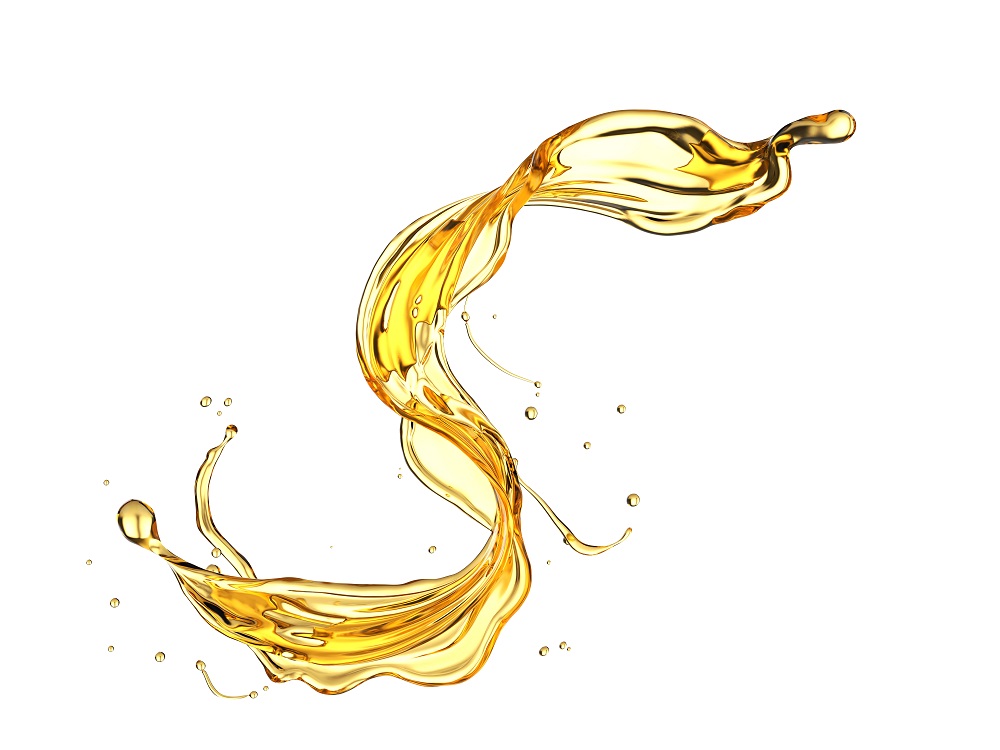
LONDON – The trend towards lower-viscosity engine oils has base oil suppliers and additive companies facing ever increasing needs for more investment in technology, an industry insider said at an event held here.
Were dealing on the base oil side and additives side with a highly complex market that is not scheduled or forecast to get less complex – its quite the reverse, Colin Morton, Lubrizol Corp.s regional business manager for passenger car engine oils, said during the ICIS World Base Oils & Lubricants Conference held last month.
Morton cited estimates by IHS Markit that project the global commercial vehicle parc to grow by 13 percent from 2017 to 2022, topping 400 million vehicles. The passenger car vehicle parc is projected to grow 19 percent over that period, to more than 1.1 billion vehicles.
Countries around the world are working to implement more stringent emissions and carbon dioxide legislation. Those regulations will impact lubricants in ways that are converging but complex, Morton said.
New specifications are being specified and developed, which require higher performance, aftertreatment compatible, lower-viscosity, fuel efficient lubricants, he said.
On the commercial vehicle side, this includes specifications such as the American Petroleum Institutes API FA-4 and API CK-4, the European Automobile Manufacturers Associations ACEA E6, Daimler MB228.61 and others. Morton cited trends in the European Union, the United States and China and projected the impacts over the next several years. In the EU, commercial vehicles currently use 15W-40 and 10W-40 engine oils, he said. By 2025, the market will shift to 5W-30. Over the same period, he said, the U.S. market will shift from 15W-40, 10W-30 and 5W-30 to 10W-30, 5W-30 and even 0W-30, while China shifts from 15W-40 and 10W-40 to 10W-30 and 5W-30.
On the passenger side, specifications such as the International Lubricants Standardization and Approval Committees GF-6, GM dexos1, ACEA C5, Daimler MB229.71 and others are examples of newer and impending specifications. The trend is towards 5W-20, 0W-20, 0W-16 and lighter viscosity engine oils. Lubrizol predicts viscosity grades, which are currently 5W-30 in the EU and a mix of 5W-30 to 0W-20 in the U.S. and China, will shift to 0W-20 and -16 in all three areas by 2025.
He noted that lubricants for both commercial vehicles and passenger vehicles are also moving to lower high temperature, high shear rate levels.
The shift to lighter weight oils is well on its way in the EU. Were seeing passenger cars moving to lower viscosity, 0W-20 – really accelerating between now and 2025 – different companies, different participants, have different opinions about how fast this will happen, Morton said. Once thing for sure is, this will happen. And the same is true in commercial vehicles. Were seeing tremendous growth in fuel economy-style 5W- lubricants to date, and naturally thats going to accelerate out to 2025.
Meanwhile, he said, Chinas experiencing a real growth in lower-viscosity lubricants that are compatible with China 6 emission standards. Were seeing the influence of European OEMs and ACEA, he said, adding that the China marketplace is going to need lower-ash, higher-performance-style lubricants. Beyond 2020, expect that to pick up speed very dramatically.
Illustration: Anusorn Nakdee/Shutterstock

These trends will require base oil suppliers to invest to secure new approvals. Suppliers will also need to meet growth in demand for API Group II and Group IV base oils, and the demand for base oils with higher viscosity indices.
Theres never been a time with more new entrants, he added. The landscape is very fluid and changing very quickly. Its very complex.
Additive companies face needs for continual and increasing investment in lubricant technology, he said – requirements complicated by a confluence of trends: increasing performance requirements, tightening of formulating boundaries, new base oils, a changing industry model, new test development and the continued demand for obsolete approvals.
He noted there are a lot more technical performance aspects that lubricants need to deliver on. Among these are fuel economy, low-speed pre-ignition protection, aftertreatment compatibility, turbocharged gasoline direct injection durability, fuel compatibility, durability and deposit and oxidation control.
At the same time, were dealing on the base oil side and additives side with a highly complex market that is not scheduled or forecast to get less complex – its quite the reverse, Morton said. Making the correct investment decisions on which technologies and which parts of the market to participate are absolutely critical.